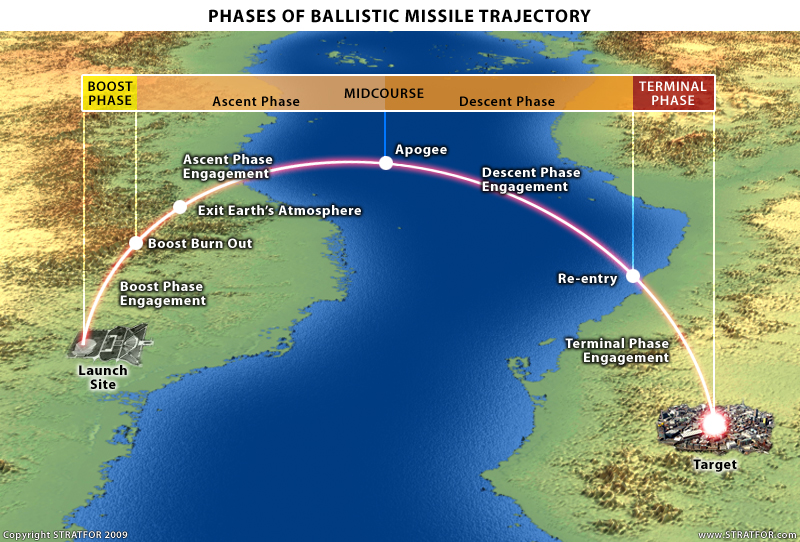The Deterrent
SENIOR MEMBER

- Joined
- Jan 7, 2011
- Messages
- 3,168
- Reaction score
- 39
- Country
- Location
I have read this one, it doesn't talks about Agni-4...rather Shaurya and BGRVs in general. As per the described profile of Shaurya, it indeed possesses the characteristics of BGV, but the Agni series? I think not.
i do not think that it is cable harnessing cover. I do not think it is visible on third vehicle of A4.

See that duct running down from just below the warhead to the exhaust of the second stage (the red one)? That is the cover/duct for the cable harness which is connecting the exhaust vane controls of the second stage with the missile's flight computer. That thing is too fragile to sustain the high temperatures of a hypersonic flight inside the atmosphere.

This the third vehicle, and you can clearly see that red line running down on the second stage.
By restarting I meant powered flight in the terminal stage. Of course the thruster motors correct the trajectory after boost phase.I do not think that shutting down or restarting of motor is required. small thrushter motors can keep the vehicle on track.
No problem.I do not know how much it is true for a missile travelling at a very high speed?
This is the first time I am seeing you trolling ......welcome to the club ......
Haha
 couldn't control it anymore. These guys estimate the CEP of Pakistani weapons in kilometres
couldn't control it anymore. These guys estimate the CEP of Pakistani weapons in kilometres  ...can you imagine?
...can you imagine?
Last edited:







